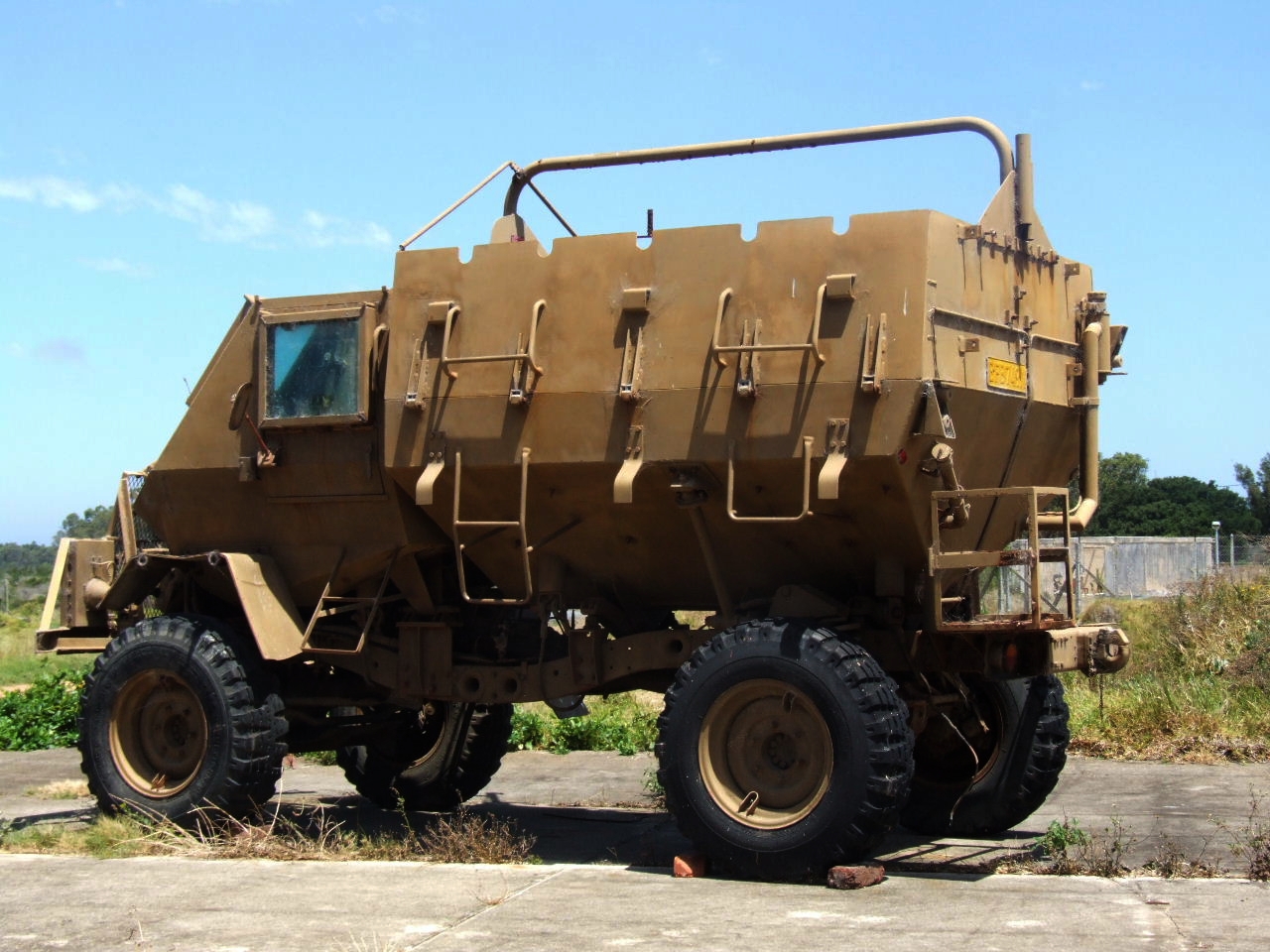Sigtrygg
Emperor Mongoose
Where do you get the idea that grav tanks hug the ground?
Tech level 12: All vehicles have sufficient free-flight performane that ground combat
vehicles effectively no longer exist, having merged with aircraft. The primary weapon of the
heavy gunships include plasma B guns, VRF gauss guns, and tac missiles.
Tech level 15: Gunships mounting rapid pulse X guns and heavier Z guns are virtually indistinguishable
from orbital craft.

